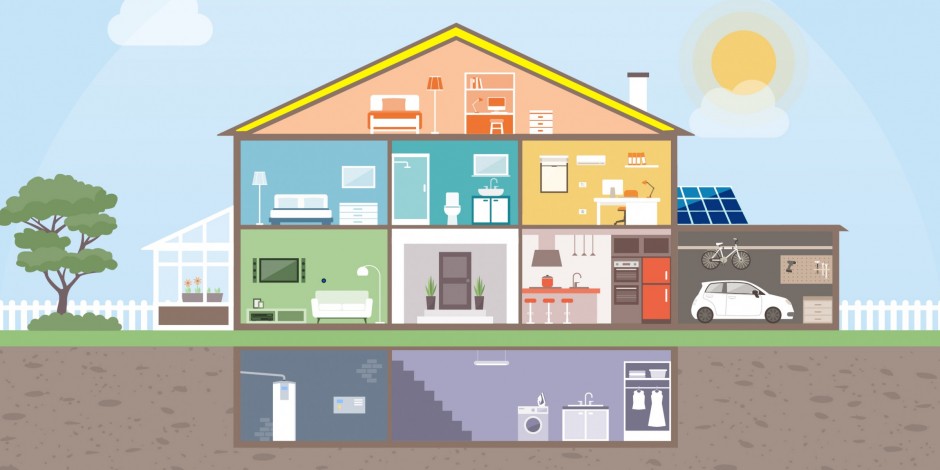Starting in 2023, the energy-efficient home improvement credit is equal to 30 percent of the sum of amounts paid by the taxpayer for certain qualified expenditures, including:
- Qualified energy efficiency improvements installed
- Residential energy property expenditures
- Home energy audits
Generally, taxpayers may not claim more than $1,200 under the credit in any given year but for certain energy efficiency improvements, taxpayers may claim up to $2,000. The tax credit is allowed for qualifying property placed in service on or after January 1, 2023, and before January 1, 2033.
By taking advantage of this program, you can save money on your energy bills, improve your home’s comfort, and help the environment. Please see the table below for more information.
| Improvement | Efficiency Requirement | Tax Credit Amount |
| Windows | Most efficient ENERGY STAR certification requirements | $600 per year total |
| Exterior Doors | Applicable ENERGY STAR requirements | $250 per year per energy-efficient door – up to $500 total |
| Insulation/air sealing | International Energy Conservation Code prescriptive criteria in place two years before the date of installation | Up to $1,200 per year for insulation and air sealing projects. |
| Heat pump water heaters, heat pump space heaters, A/C, hot water boilers, natural gas, propane or oil water heaters, boilers, or furnaces | Meets the highest efficiency (not including the advanced tier) established by the Consortium for Energy Efficiency at the beginning of the calendar year of install | From $600 – $2,000, or 30% of the cost dependent on the system type |
| Oil furnaces or hot water boilers (alternative approach to the above) | Meets 2021 ENERGY STAR criteria and can blend at least 20% biofuel (becomes more stringent in 2027); must be installed before January 1, 2027 | From $600 – $2,000, or 30% of the cost dependent on the system type |
| Biomass stoves or boilers | 75% thermal efficiency rating | 30% of costs up to $2,000 |
| Electrical improvements | Improvement or replacement of panelboard, sub-panelboard, branch circuits, or feeds installed consistent with the National Electric Code, has a load capacity >200 amps and installed to enable another measure qualifying for the tax credit | 30% tax credit, up to $600 per year, for upgrading their electrical panel if done in conjunction with a heat pump HVAC system or heat pump water heater upgrade. |
| Home energy audits | IRS to provide guidance in 2024 on additional requirements | $150 per year |
Some important notes:
- The credit is only available for upgrades made between January 1, 2023, and December 31, 2032.
- Specific rules and documentation are required to claim the credit. We recommend consulting a tax professional or visiting the IRS website for detailed information.
The clock is ticking on the Energy Efficient Home Improvement Credit. While the table above has provided a solid overview, navigating the details and specific eligibility requirements can be daunting. That’s where we come in. We’re a team of experts ready to answer all your questions, help you identify the perfect upgrades for your home, and guide you through the process of claiming your full credit!
So, take the first step towards a greener, more comfortable, and financially secure future. Contact us today and we’ll help you turn your eco-dreams into reality, one energy-efficient upgrade at a time!


